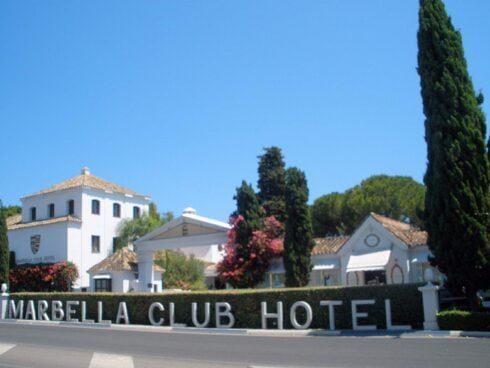THEY are majestic testaments to Spain’s past, capturing multiple layers of history between the crevices of their wind-battered battlements and time-worn turrets.
Often Roman and frequently Phoenecian in origin, what we see today was mostly built in Medieval times to guard the frontiers between Moorish and Christian Spain, many of them drawn through what is modern Andalucia today. Hence, the region’s castle count runs into the hundreds and Malaga has its fair share.
Sadly, many fortresses were destroyed or abandoned after the Reconquest and despite best efforts to restore the most iconic examples, all the money in the Spanish treasury wouldn’t be enough to put every one of Spain’s 2,500 castles back together again.
Today their stone battlements and flying buttresses are mere filigrees of their former glory. Yet despite the ravages of time, their striking silhouettes leave a lasting impression that can still inspire dreams …
1. Malaga Alcazaba and Gibralfaro Castle.
Presiding magisterially over Malaga city and port, the alcazaba below the castle is the best-preserved citadel in Spain and one of Malaga’s most visited monuments.
Set on a hillside protected by the Montes de Malaga mountain range which has natural park status, the castle was built in 929AD by Abd-al-Rahman III, Caliph of Cordoba, on a former Phoenician defence post and lighthouse. From here the rulers could keep watch on the local population scrabbling for a living at its feet as well as enemies trying to invade by land and sea.
A tour takes you to the ruins of a neighbouring theatre built by the Romans who also knew a dramatic location when they saw one.

2. Alcazaba of Antequera.
Dominating the hilltop and remarkable for its size, its robust honey-coloured walls once guarded one of the most important frontier castles in the Kingdom of Granada. Inside the gates there’s little but gardens and ruins to evidence its status today but the views through the horseshoe shaped windows of the Torre Blanca tower are as spectacular as ever.
Noted for its unusually wide keep with its angular floor plan, its insidious dungeon also leaves an impression – a hell hole six metres deep by three metres in diameter, covered by a metal grill and completely exposed to the elements.
In 1582 a bell tower was added above the keep to house what was then one of the largest bells in Christendom.

3. Castillo Sohail, Fuengirola.
This ‘working’ concert hall castle at the mouth of the Fuengirola River is in excellent nick thanks to multiple refurbishments down the centuries.
The Moors built a fortress here in the 10th century, the Christians did it up to become one of the most economically efficient military outposts in the land. And in 1730 it was remodelled again as a squadron base tasked with stemming smuggling between Spain and the newly British Gibraltar.
Finally, in 2000 the town council rescued it from ruin to become their cultural emblem and it hosts concerts and spectacles year round. Bob Dylan, Sting and Rod Stewart all swear by the acoustics!

4. Castillo de Marbella.
You may be forgiven for wondering why you have never seen it. But if you can take your eyes off the designer merchandise in the cute whitewashed boutiques of Marbella Old Town you can spot the telltale crenellations of castle walls.
Sadly they are all that remains of the most important vestige of Muslim civilisation in Marbella.
The castle was originally built in the 9th or 10th century during the reign of Abderramán III, first of the Caliphs of Al-Andalus.The walls were reinforced with eleven rectangular towers of different sizes to protect the city from attack.
In the 19th century, the castle ceased to be used for military purposes and became inextricably entwined with the town growing up around it.
5. Castillo Bil Bil, Benalmadena.
This one’s a cheat as the delightful terracotta-pink Arabian Nights-style castle on the seafront is merely neo-Moorish. Although Benalmadena is one of the few town’s in Spain to have hung onto its Arabic name, it chimes with the local heritage.
Originally built in 1927 for a wealthy French family, it was taken over by the town council in 1980 and turned it into a cultural space for exhibitions, concerts, and conferences.
Ornamental gardens with Moorish-inspired fountains and nocturnal lighting afford it a singular romantic beauty. No wonder it’s the most popular public building in Malaga for civil weddings.

READ MORE:
Click here to read more Olive Press Travel News from The Olive Press.








